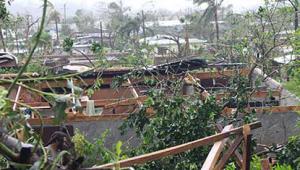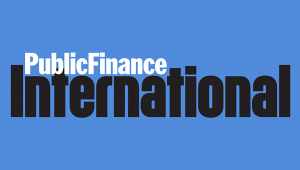But it said this change arose from lower spending on refugees inside donor countries while more funds went to the countries most in need of aid, in a report released yesterday.
Disregarding spending on refugees inside donor countries, net overseas development aid was up by 1.1% from 2016 in real terms.
Costs for refugees in donor countries were 9.7% of total net overseas aid, down from 11% in 2016.
Country-to-country aid to least-developed countries increased by 4% in real terms to $26bn, with aid to Africa increasing by 3% to $29bn, of which $25bn went to sub-Saharan Africa.
Overseas aid spending rose in 11 countries over the year, with the largest increases in France, Italy, Japan and Sweden.
Conversely, it fell in 18 countries - often due to a decline in refugee arrivals, with the largest declines seen in Australia, Austria, Greece, Hungary, Norway, Slovenia, Spain and Switzerland.
Charlotte Petri Gornitzka, chair of the OECD development assistance committee, said: “I am encouraged to see a rise in [aid] being spent in least-developed countries and I would like to call on members to continue this effort.
“We should always be aiming to invest overseas development aid for long-term purposes in countries most in need, and be cautious in using it for loans to middle-income countries.”
Five countries that are members of the committee met the target of spending at least 0.7% of gross national income on aid. These were: Denmark, Luxembourg, Norway, Sweden and the United Kingdom.
Among non-members the best performers was the United Arab Emirates at 1.31%.













